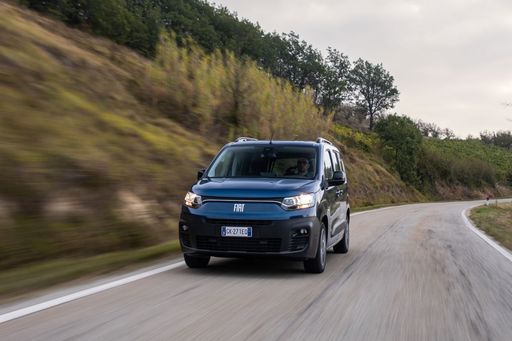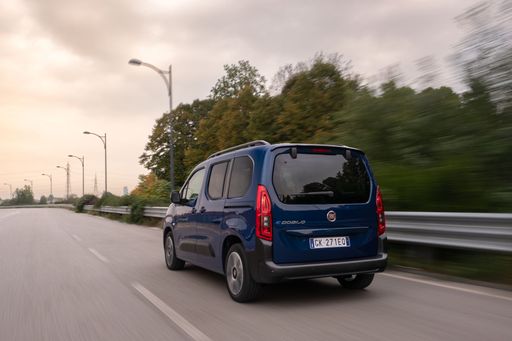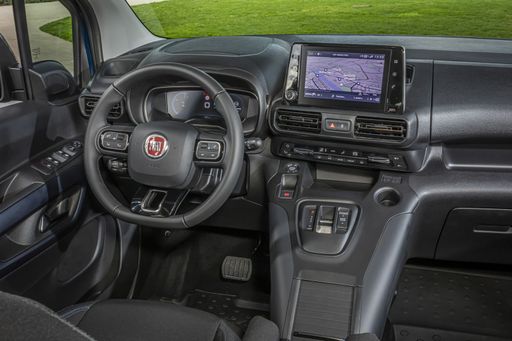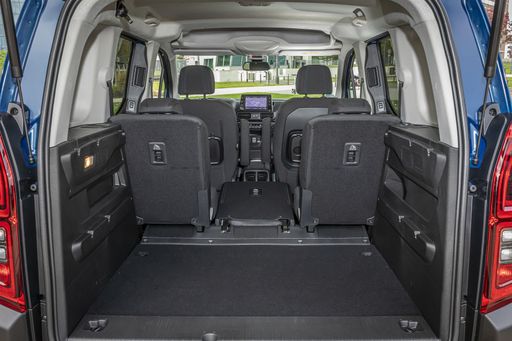Fiat Doblò vs Peugeot Socio: A Comprehensive Comparison
The automotive market has become increasingly competitive, especially in the commercial vehicle segment. Today, we’ll take an in-depth look at two prolific contenders: the Fiat Doblò and the Peugeot Socio. Both vehicles are shaping up to be favorites among businesses and professionals who require versatility, reliability, and modern amenities. Let’s delve into their technical specifications, innovations, and overall performance.





